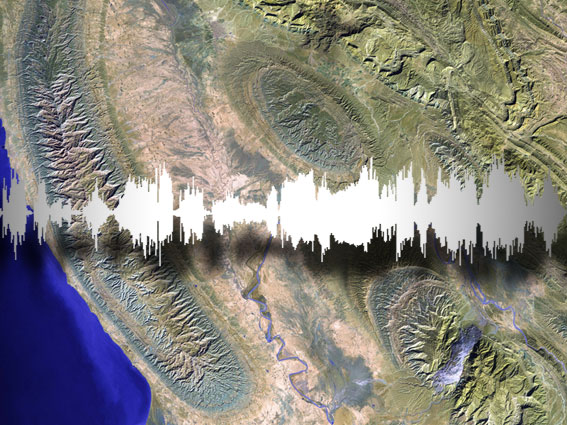Usage by Country
Iraq (Home Speakers), Iran (Official Language), Afghanistan (Official Language), Saudi Arabia (Home Speakers), also Kuwait, Bahrain and Tajikistan
Background
Persian, also known as Farsi (based on the ancient dialect spoken in the south-western part of the country, in the province of Fars, as it is still known today), belongs to the Indo-European family, Iranian group and is spoken by nearly 33 million people, mainly in Iran. It is one of the world’s oldest languages, a standard and well-recognized tongue as early as the 6th century B.C. Old Persian was the language of the great Persian Empire which at one time extended from the Mediterranean to the Indus River in India. The language was written in Cuneiform, the wedge-shaped characters used throughout much of the ancient world. In the 2nd century B.C. the Persians created their own alphabet, known as Pahlavi, which remained in use until the Islamic conquest of the 7th century. Since that time Persian has been written in the Arabic script with a number of additional characters to accommodate special sounds. Literary modern Farsi is virtually identical in Iran and Afghanistan, with very minor lexical differences. As far as dialects are concerned, one of them shades into Dari in Afghanistan, another into Tajik in Tajikistan. English words of Persian origin include shawl, pajama, taffeta, khaki, kiosk, divan, lilac, jasmine, julep, jackal, caravan, bazaar, checkmate, dervish, and satrap.
Reprinted from www.unhchr.ch/udhr/

